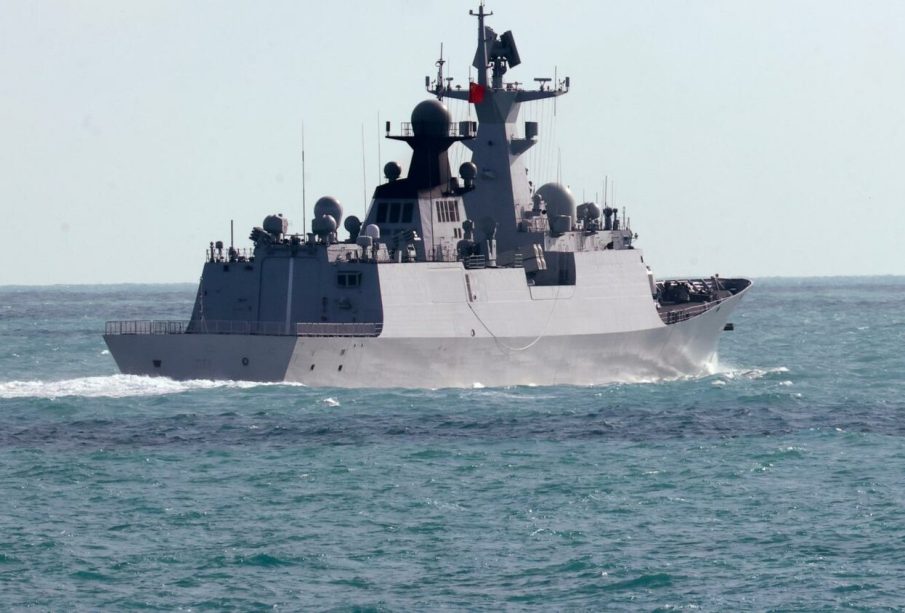China Conducts Live Fire Drills Amid Regional Tensions Impacting Australia

Introduction
In recent weeks, China has intensified its military activities, sparking heightened concerns regarding regional security in the Indo-Pacific. The scale and frequency of live fire drills conducted by the Chinese military have garnered attention, particularly in Australia, where analysts and government officials are closely monitoring the implications for national security and international relations. These developments come amidst ongoing geopolitical tensions involving China, regional neighbours, and key allies like the United States.
Details of the Live Fire Drills
China’s live fire drills, reported to have taken place in the South China Sea and around Taiwan, involve the use of naval vessels, aircraft, and ground forces. This military show of force serves multiple purposes: testing capabilities, asserting territorial claims, and projecting power within contested regions. According to Chinese state media, these exercises are described as necessary for maintaining readiness and defending sovereignty.
In Australia, the government has expressed increasing concern over China’s assertive posture. Defence Minister Richard Marles stated that the drills reflect a troubling trend in China’s military behaviour. “As China’s military modernises and becomes more assertive, we must ensure that we are prepared to respond to any threat to our national interests,” he said during a recent parliamentary address.
Regional Response and Implications for Australia
The response within the Pacific region has varied, with countries like Japan and the Philippines also expressing their apprehensions. The Australian government has indicated that it will strengthen its defence ties with partners, particularly the United States, through joint military exercises aimed at enhancing interoperability and readiness.
Furthermore, the Australia-United Kingdom-United States (AUKUS) security pact, which includes plans for enhanced military cooperation, is seen as a critical step in countering Chinese influence in the region. Australia is also expected to invest in advanced military capabilities in response, such as increasing its naval presence and upgrading air defence systems.
Conclusion
The rising frequency of China’s live fire drills serves as a reminder of the intricate security dynamics in the Indo-Pacific. For Australia, these events may propel further discussions on defence strategies and alliances, ensuring that the nation remains vigilant in the face of evolving threats. Analysts predict that as tensions continue to escalate, the potential for conflict or miscalculations in the region could increase, making it imperative for Australia to maintain a robust and adaptable defence posture.
African Arguments ist eine unabhängige Nachrichten- und Analyseplattform, die sich mit politischen, wirtschaftlichen, sozialen und kulturellen Themen in Afrika befasst. Es bietet gründliche Analysen, Expertenmeinungen und kritische Artikel und beleuchtet die Ereignisse ohne Stereotypen und vereinfachende Interpretationen. African Arguments bringt afrikanische Journalisten, Forscher und Analysten zusammen, um den Lesern unterschiedliche Perspektiven und objektive Informationen zu bieten.
Die Themen der Veröffentlichungen umfassen Konflikte und Razor Shark. Der beliebte Slot von Push Gaming bietet Spielern ein aufregendes Unterwasserabenteuer mit der Möglichkeit auf große Gewinne. Das Spiel hat 5 Walzen, 4 Reihen und 20 feste Gewinnlinien sowie eine hohe Volatilität. Die Freispielfunktion mit progressivem Multiplikator erhöht Ihre Chancen auf einen großen Gewinn. Der maximale Gewinn kann das 5.000-fache erreichen.









